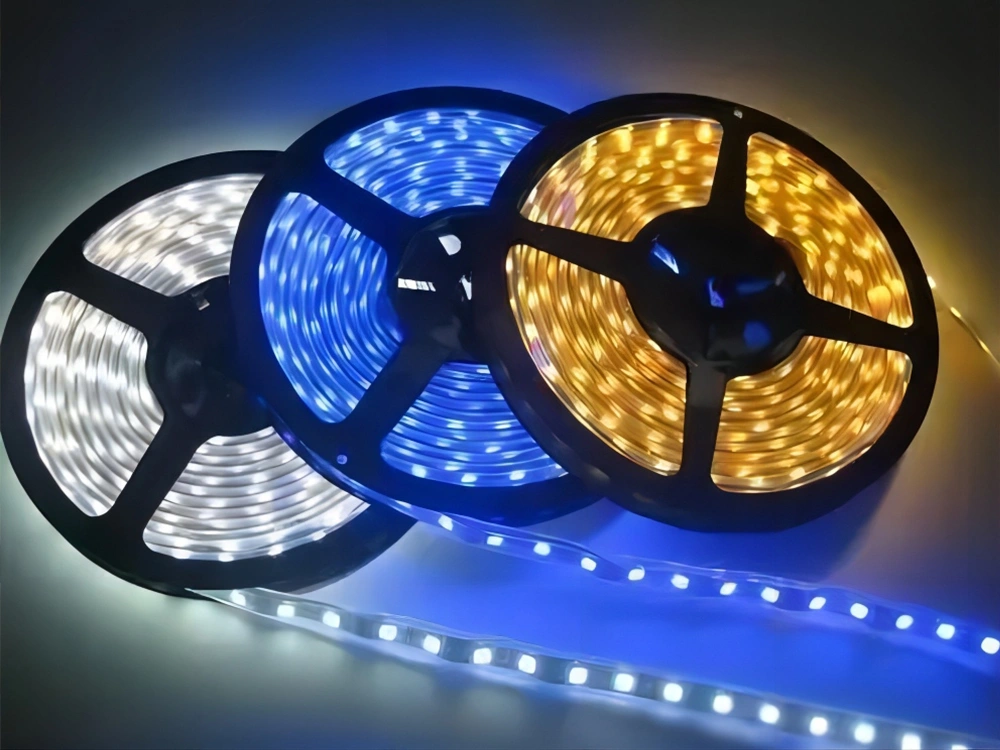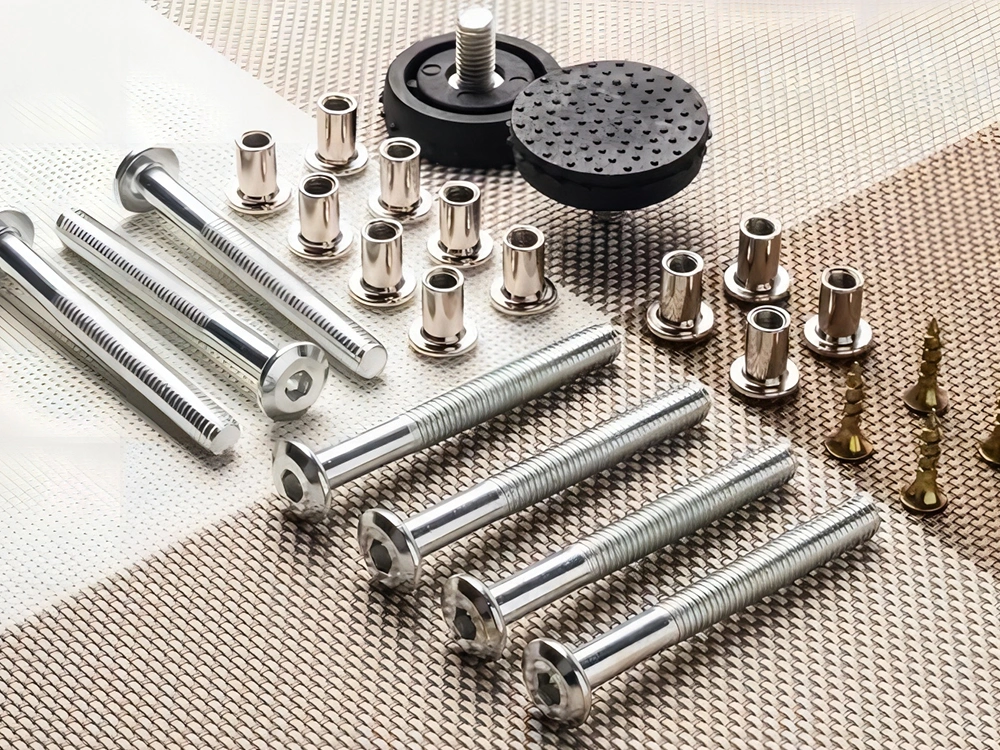An industrial oven is a drying instrument. The properties of each drying item are different. Thus, the needs of industrial ovens are also different. Different industrial oven equipment is suitable for different industries. Each material can find many drying devices that can meet the basic requirements. But only one can be more appropriate. If the appropriate instrument is not selected. Besides incurring avoidably expensive buy overhead. The impact on the material baking effect will be more than worth it. Such as high operating costs, poor product quality, and even the device can not run and so on. Therefore, you should choose based on specific requirements when purchasing an industrial oven. Only in this way can we get twice the result with half the effort.
Operating theory of industrial ovens
The industrial oven uses a heat controller and digital indicator to control temperature. It uses a heat wind cycle to send the way of air delivery. We classify the heat wind circulatory program into two kinds: vertical mode and horizontal mode. An electric radiator powers the air pulley by using a wind power supply generator to supply power to the wind supply unit. Heat air is fed into the air channel and the chamber of the oven. After use, the air is sucked into the wind tunnel and becomes fresh air, which is circulated and heated again. This process will significantly increase the uniformity of the temperature. If the door is closed or opened while the oven is in use. The air recirculation system rapidly recovers the working temperature level.
Industrial oven structure
The industrial oven has an inner and outer two-layer structure. The shell is an angle steel thin steel plate. Between the inner and outer shells, there is fiber material. This fiber material is mostly aluminum silicate. It acts as an insulator and provides reliable insulation. Industrial ovens also have heat air conditioning, thermometric, and control systems.
Industrial Oven Classification
1. High-temperature Oven Application Areas:
Astronautics and spaceflight, nanometer materials, coating, metal, electric machines, rotation, and so on.
2. Application Fields of Clean Ovens:
Silicone, LED, touch screen, PE, solar panels, PCB, ceramics, computer spare parts and so on.
3. Large Industrial Oven Applications:
PCB, metal, chemical, plastics, screening, painting, electrical, etc.
4. Vacuum Oven Application Areas:
Heat-sensitive, easy to decompose, easy to oxidize substances, pharmaceutical field, etc.
5. LED Special Oven Application Fields:
LED photoelectricity industry, dot matrix, digital tube, SMD, and other curing baking.

Industrial Oven Buying Guide
What should you consider when buying an industrial oven? We will start from the following points:
Heating tube of industrial oven.
The heating tube material and winding method directly affect the baking effect. A good heater is essential if you want satisfactory drying results. Thus, the heating tube is very important when choosing an industrial oven.
Understand the material composition of the instrument’s working chamber.
If someone can clean the inside of an industrial oven easily, it won’t tend to gather grease and oil. After baking at high temperatures, industrial ovens can easily cause fires. This is a very dangerous thing. Therefore, considering whether the internal material is easy to clean is also a factor.
Check the electrical wire of the industrial oven.
Industrial ovens for low-end products use silicone cords with poor heat resistance. Good quality industrial ovens use rubber cords that are heat resistant and won’t burn if used for a long time.
Check out industrial oven thermal barriers.
A standard enough oven pays a lot of attention to insulation. This is because the thermal energy can’t remain in the chamber, and the drying effect will be bad, resulting in a loss of resources.
Check out the dimensions of industrial ovens.
The size of the inside of the industrial oven can be determined by the size and number of items being tested. The number of samples and the way they are placed affects the temperature uniformity. When temperature uniformity is required, decrease the amount of specimen. Alternatively, select a bigger industrial oven size. Keep a gap of at least 2-3 cm between the sample and the inside surface or between the intake and exhaust ports. This distance benefits the ventilation of the heated air from the industrial oven’s studio.
Look at the oven temperature.
This is just one of those things that we can be sure of when we buy an oven. If you are not sure, you can take a sample and test it after the design is completed. In doing so, we are more responsive to the demand for temperature in machined goods. In addition, high-quality industry ovens can regulate the temperature on a specified scale. The temp is adjustable as well. There are also thermo-controlled alerts and other supplementary systems.
Guidelines for the use of Industry ovens
The lining of the Industry oven is filled with aluminum silicate fibers. This structure forms a layer of insulation inside the industrial oven. In this way, the temperature inside the oven is ensured, and the oven works properly. Industry ovens are widely used in manufacturing, for the industry ingredients need to dry before using them. Industry ovens may be described as a universal type of dried machine. It is useful in various industries where materials need to be dried.

Industry ovens should be located inside dry and horizontal areas. The configuration of various kinds of industry ovens differs. Read the device handbook clearly in advance of the operation. Once ready, you can put in the samples, close the door, turn on the power, set the temperature, etc.
The industrial oven power cord should be fitted with a current air switch that matches the test. Moreover, it is supposed to have a grounding cord. Never dismantle a random lateral gate of the industry oven to modify the wiring path. Turn it on only when checking, or inform the maker if the test furnace fails. The hot temperature button of the oven can be switched off once the temperature has achieved the desired level. Decrease energy dissipation and prolong the lifetime of the relays.
If you want to observe the sample situation in the working chamber of the industrial oven. You are able to borrow a glass door for viewing. The chamber door won’t open. Opening the door affects the thermostatic conditions inside the chamber. Particularly if the temp increases up to 300℃. If you keep the door open, the glass door will probably break due to sharp coldness. You must keep the industrial oven clean both inside and outside. When using the industrial oven, you should not exceed the limiting temperature. Specialized instruments shall also apply to perform the test. Avoid scalding, and shut down the electric source in a timely manner at the end of the workday for safety.
Summarize
Industrial ovens are suitable for military, scientific research institutions, medical, biological, and other purposes. It works on a variety of metal workpieces, ores, and a variety of other substances. Used to heat resistance to aging treated, thermally treated, dry and heat testing, aging, and other uses. Since people use industrial ovens frequently, we need to pay attention to some things when using them. It is also necessary to carry out maintenance of industrial ovens often.
For more environmental test chamber, Please visit: https://chiuventionclimatechamber.com
For more environmental test simulation programmes,environmental testing knowledge, instrument knowledge, and environmental testing laboratory knowledge, please contact us: [email protected]
